Overview
Map
Other Details
كنيسة مار الياس
Aaqoura
Jbeil
Mount Lebanon
كنيسة مار الياس - العاقورة هي كنيسة صغيرة مسقوفة بُنيت أواخر القرن التاسع عشر، زُخرف بابها وأُضيفت لها القبّة في خمسينيّات القرن العشرين، رُمّمت وأخذت شكلها الحاليّ سنة ٢٠١٦. The church of St Elijah - Aaqoura The church is a small roofed structure built in the late XIXth century. During the mid XXth century the main door was decorated with arabesques and a bell tower was added to the structure. It was restored and took its current form in 2016.
Visited 2354 times, 13 Visits today


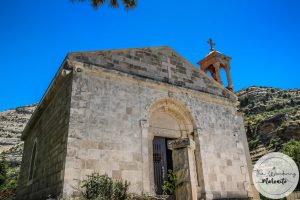
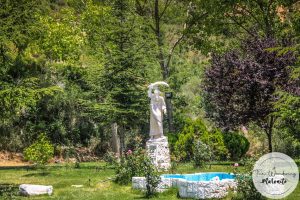
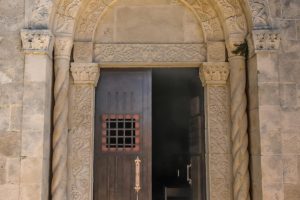
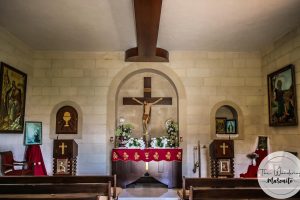
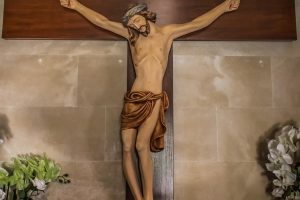
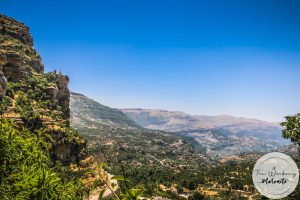
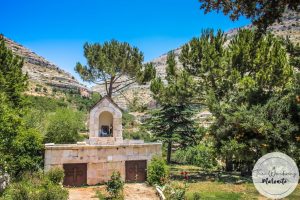







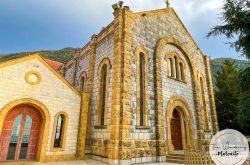
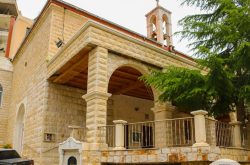
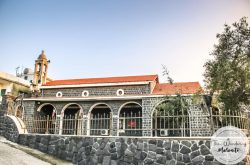
Reviews are disabled, but trackbacks and pingbacks are open.